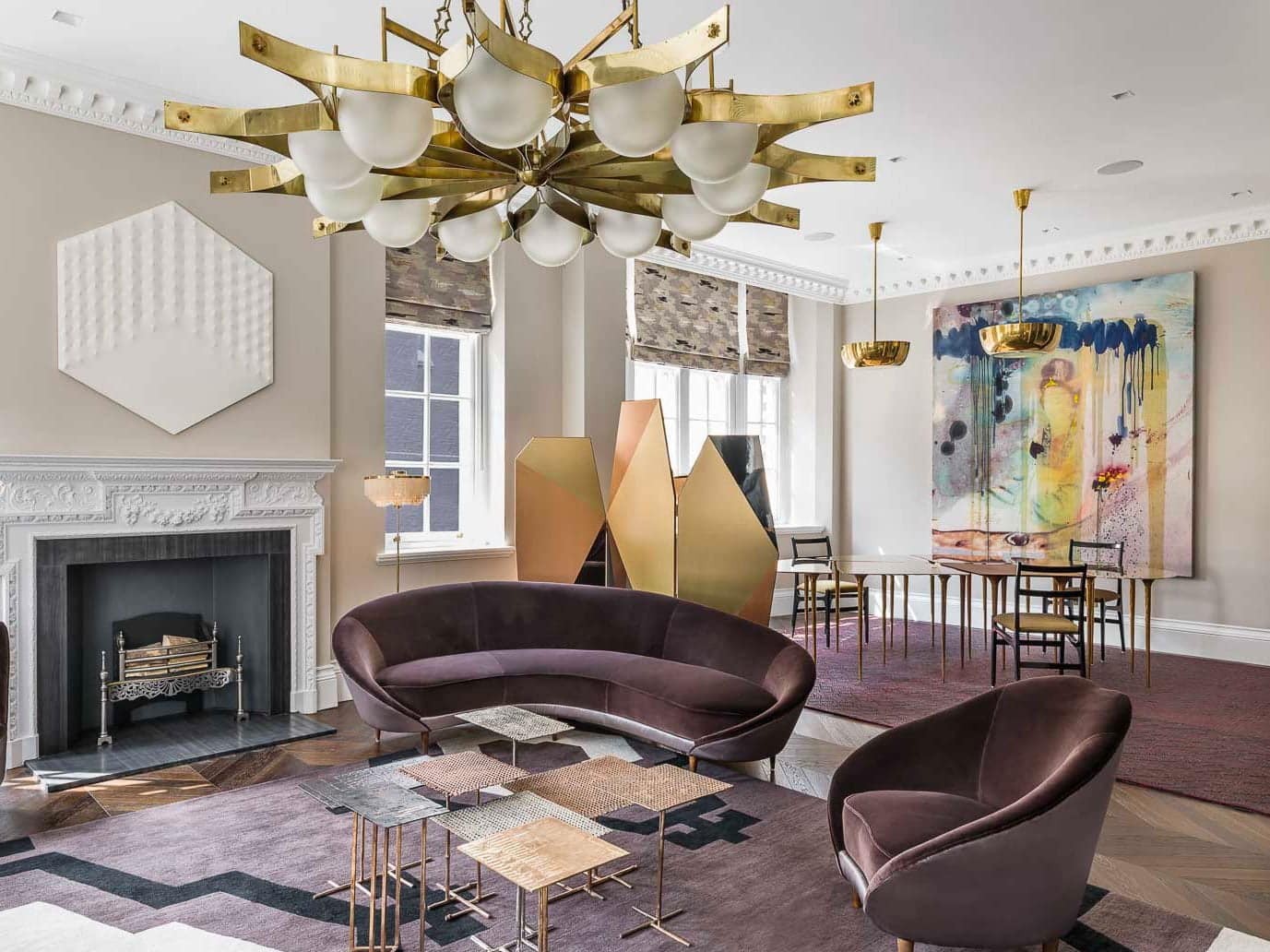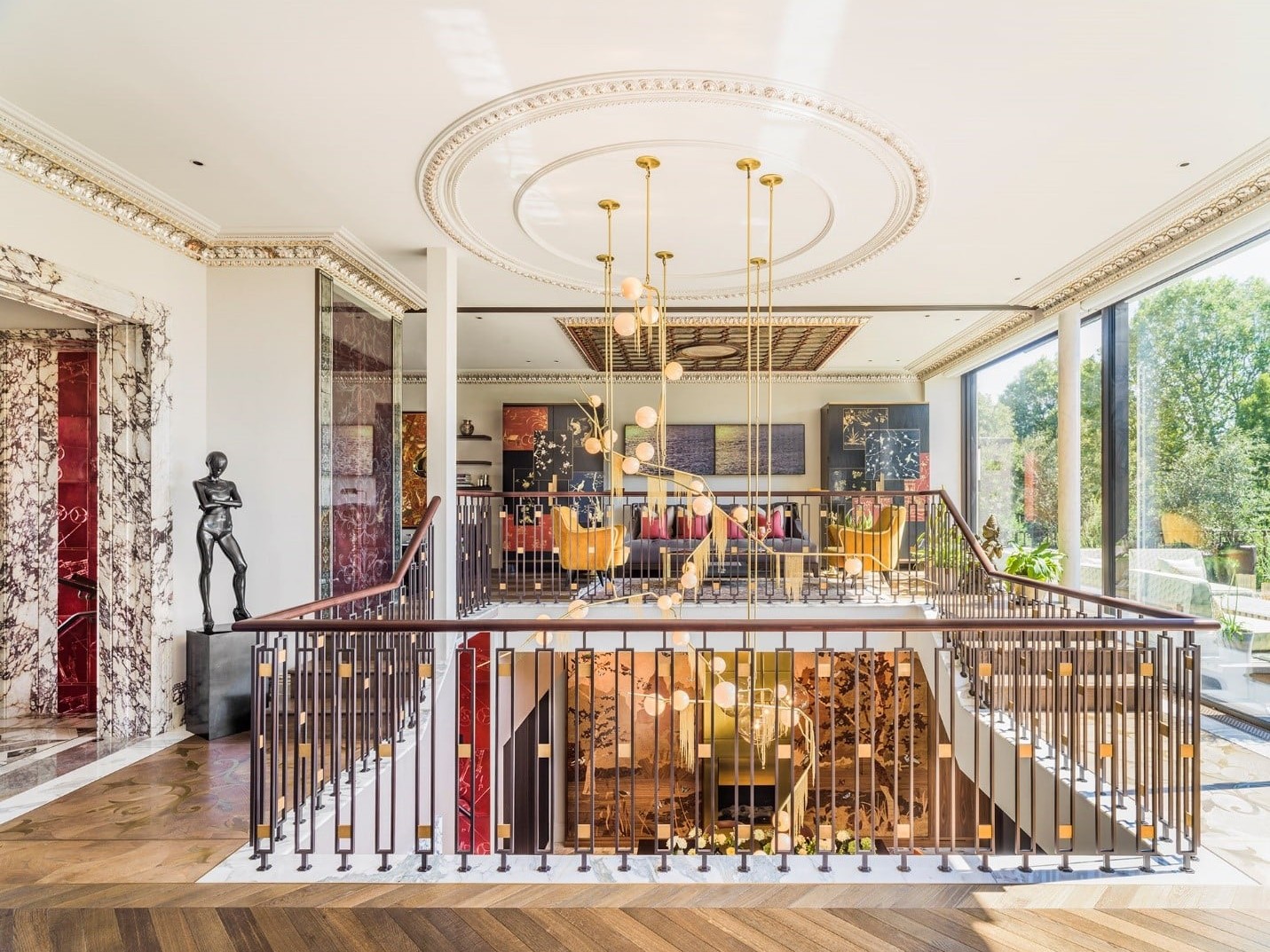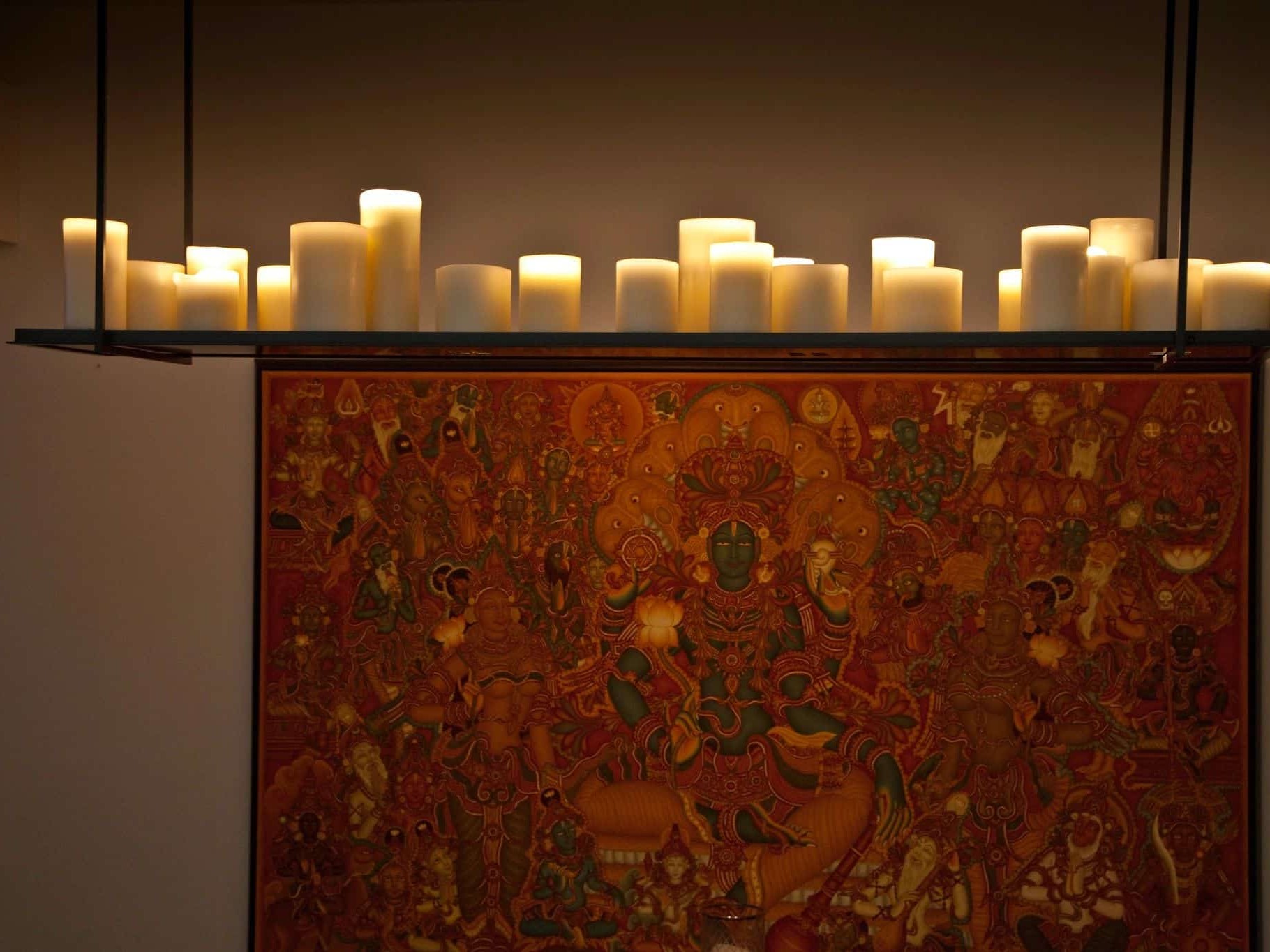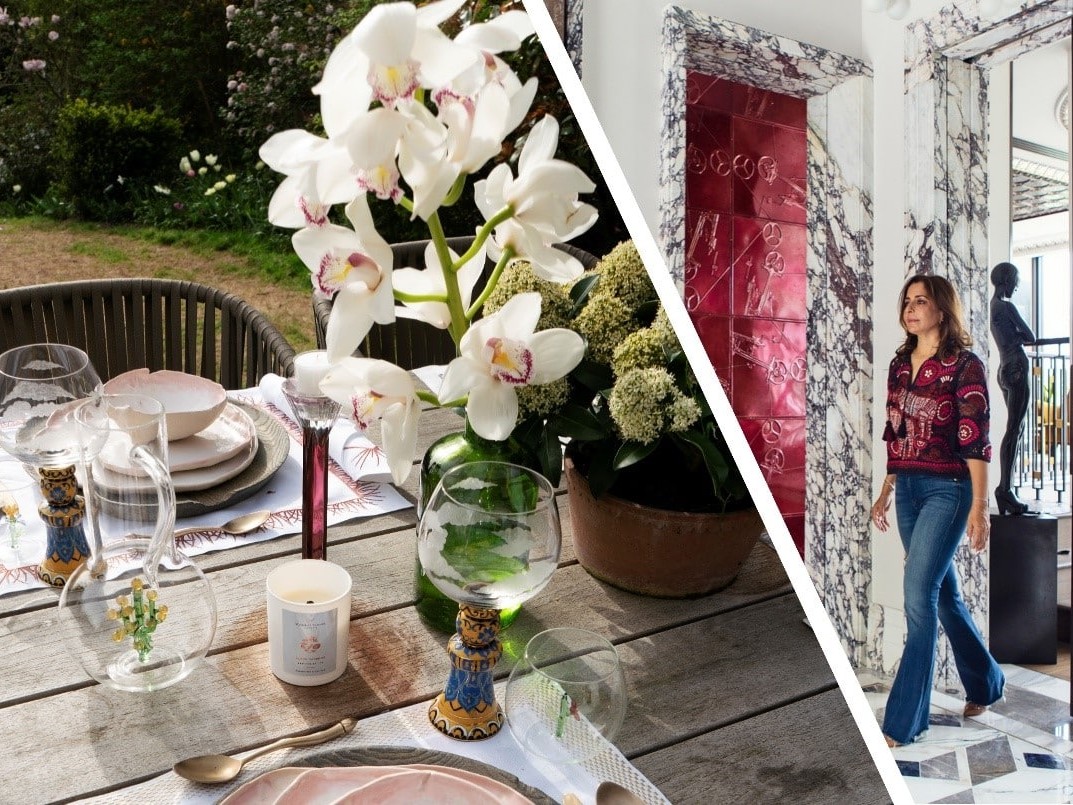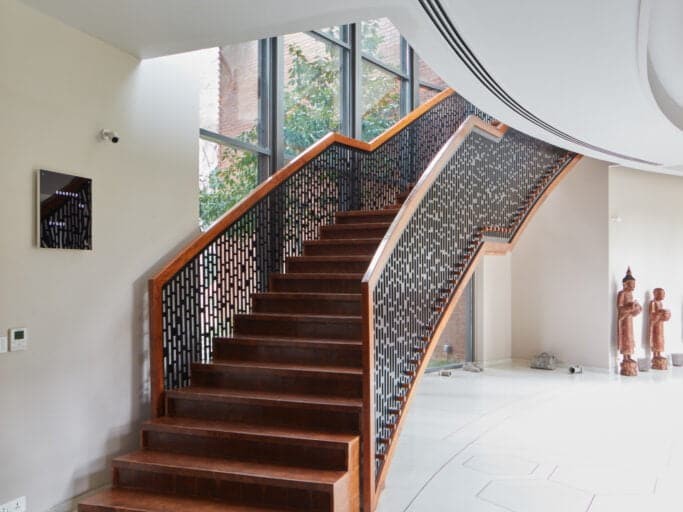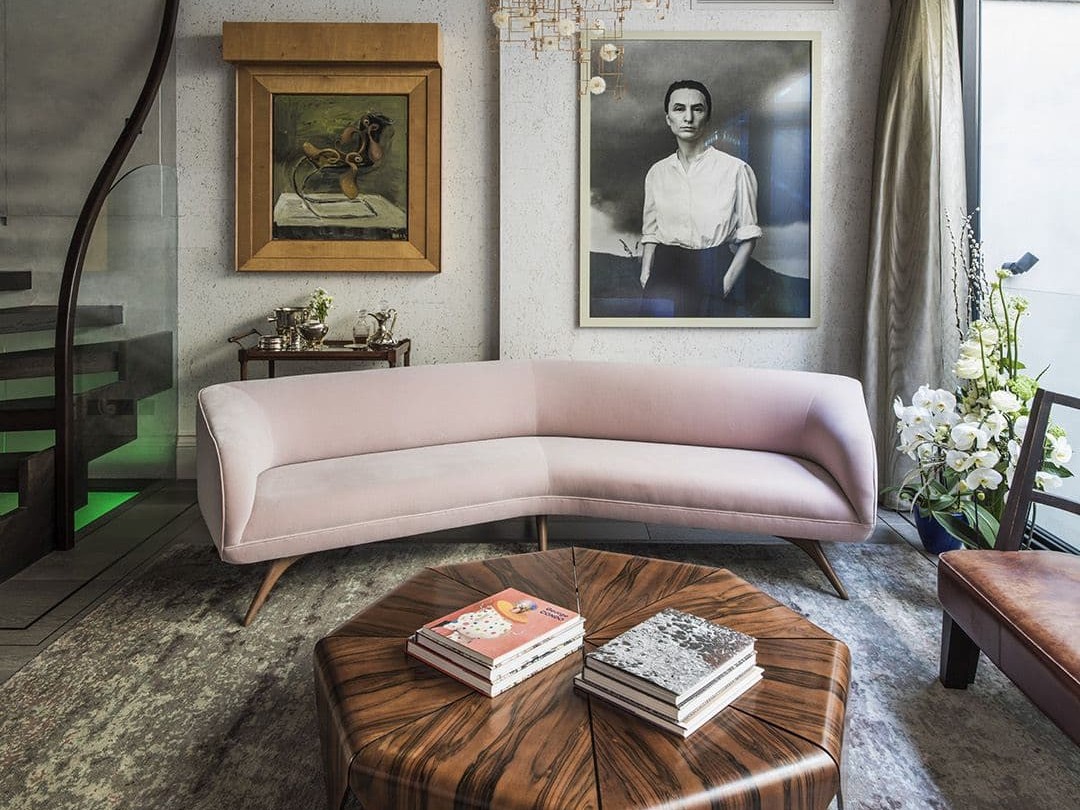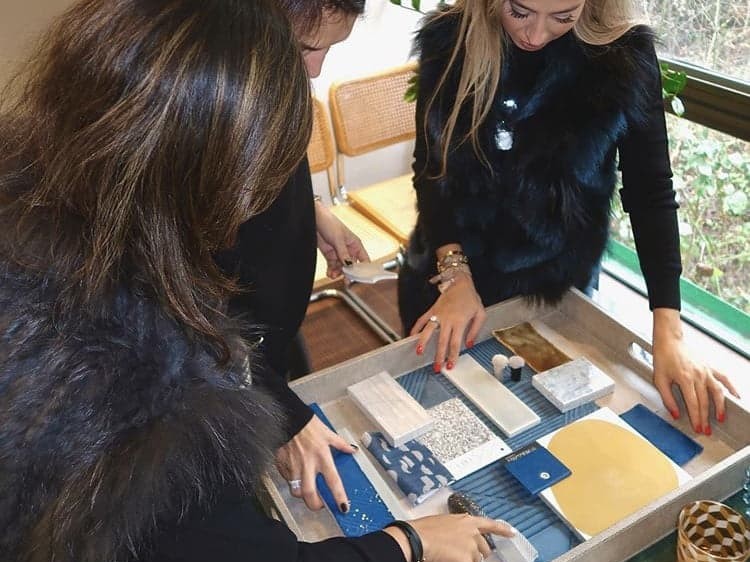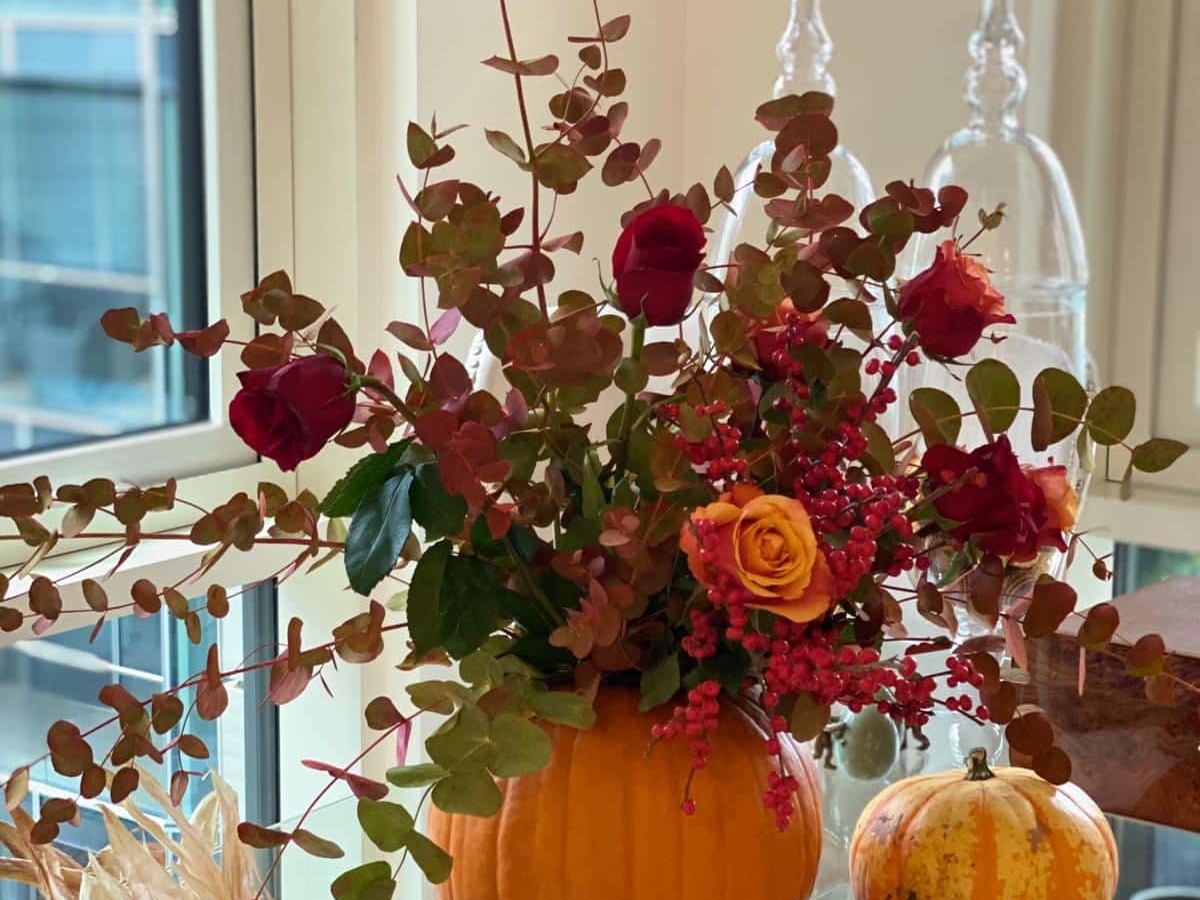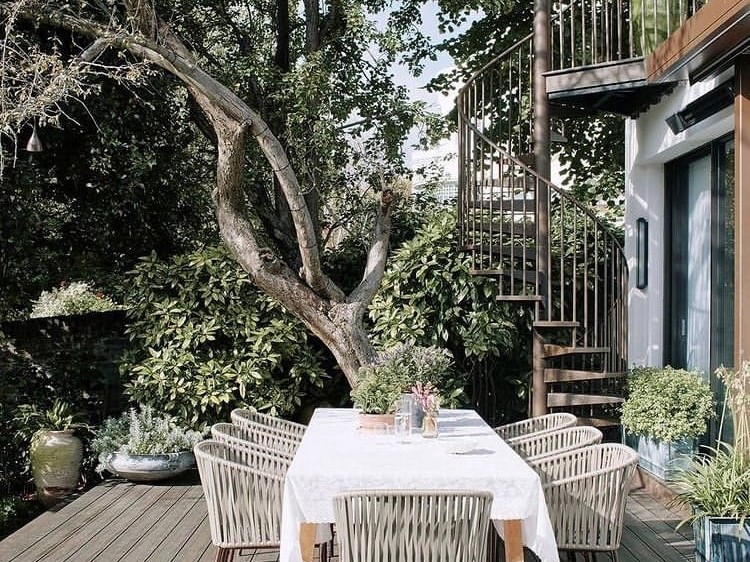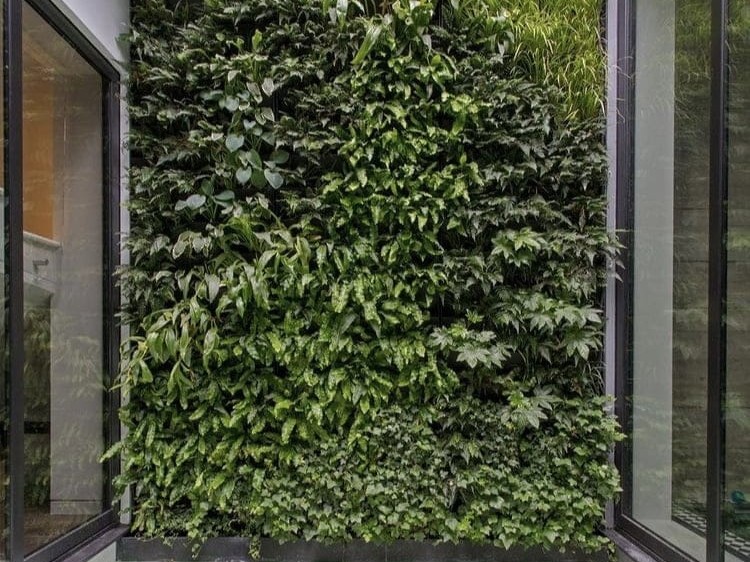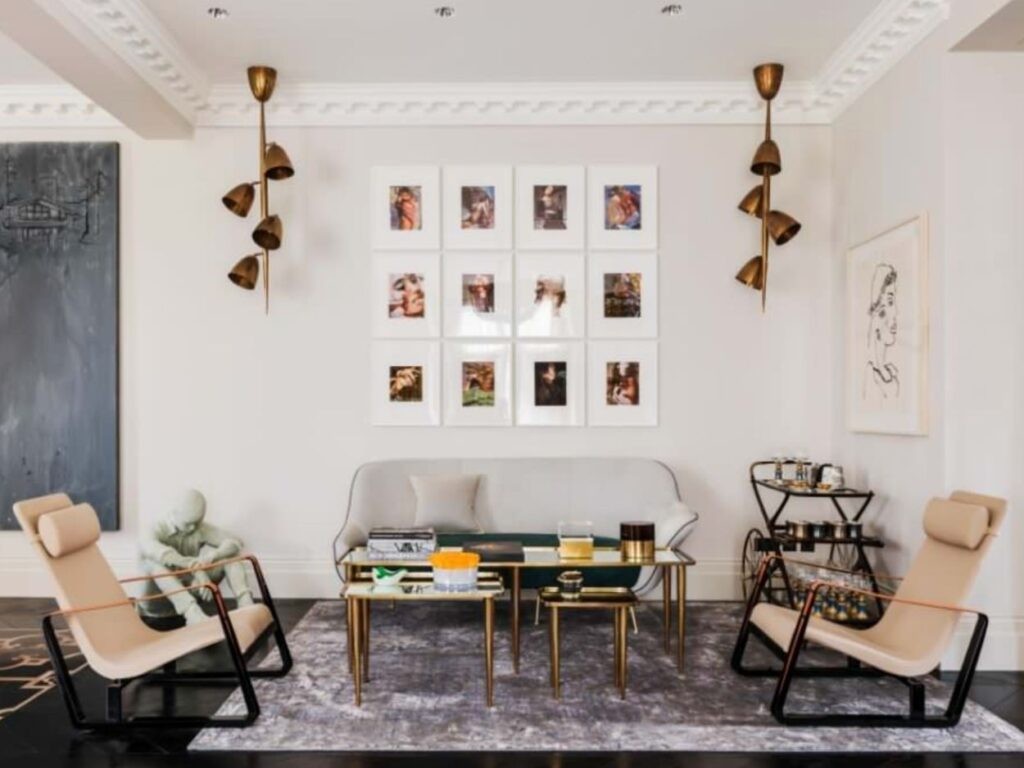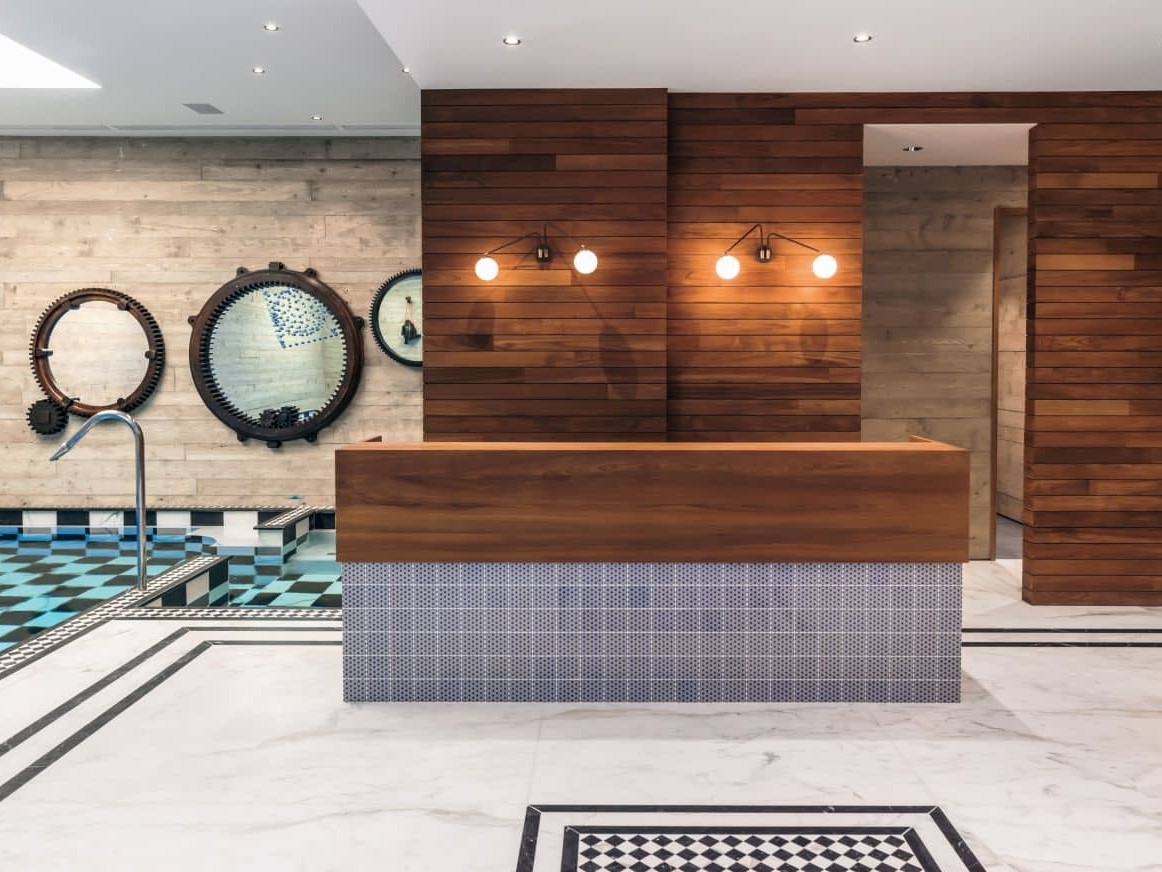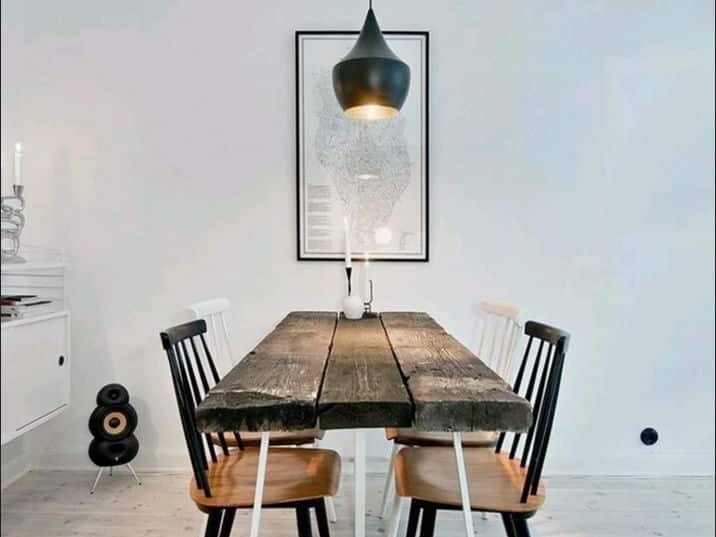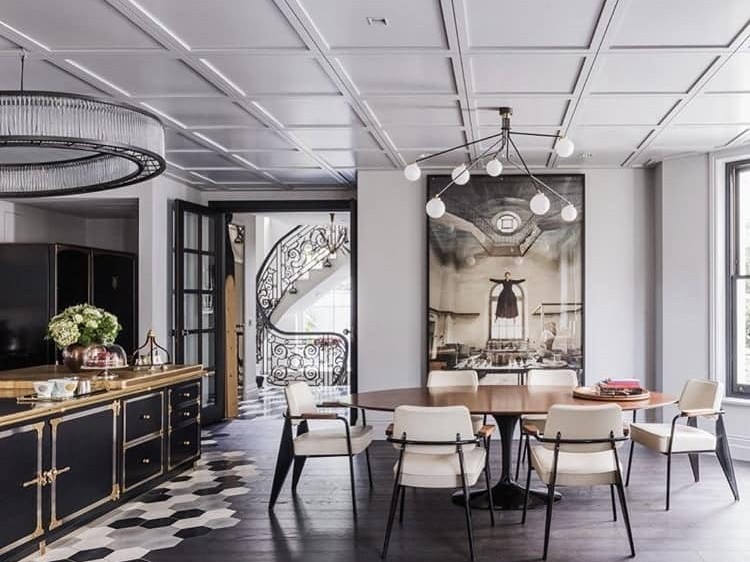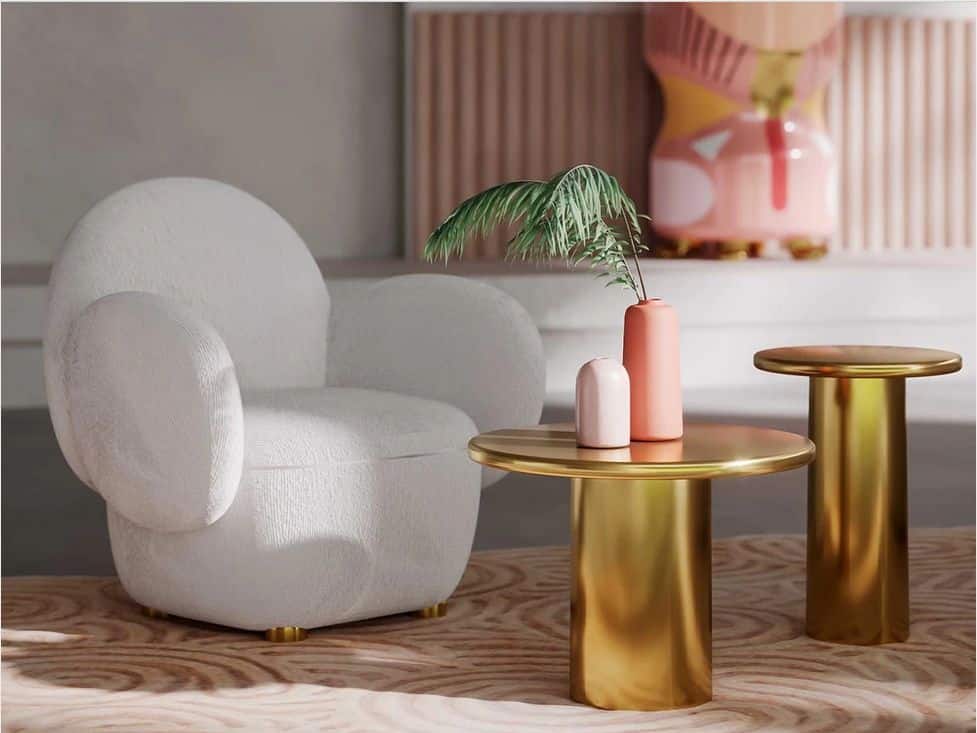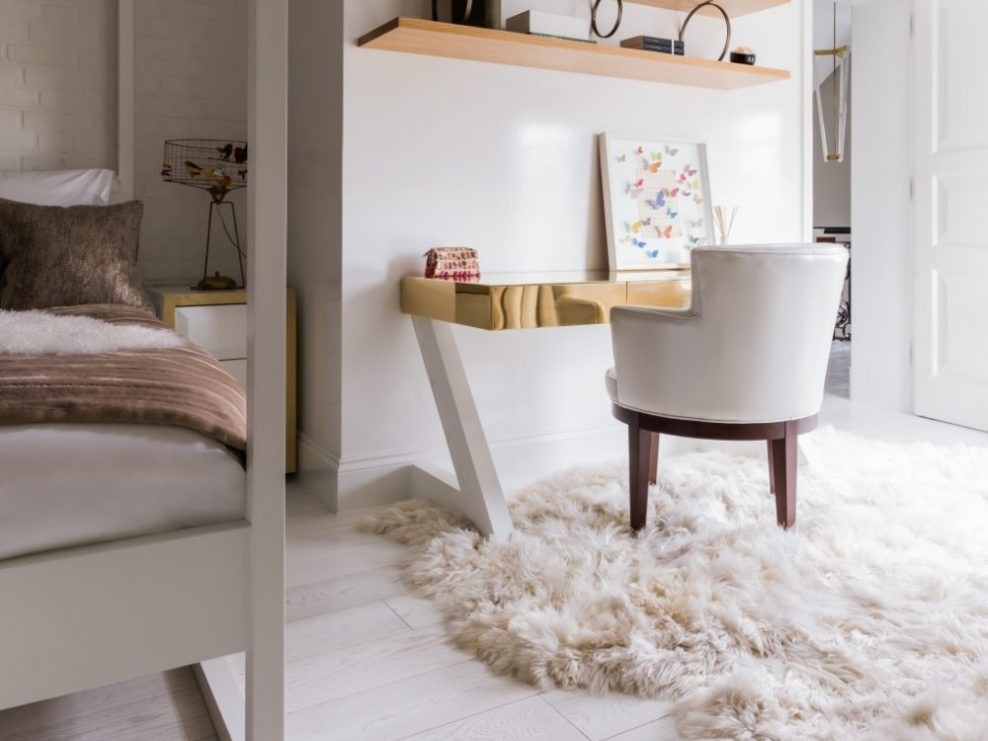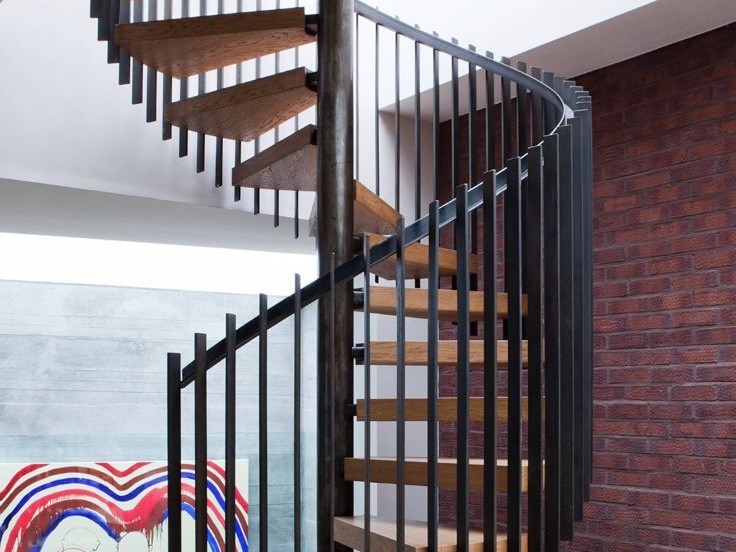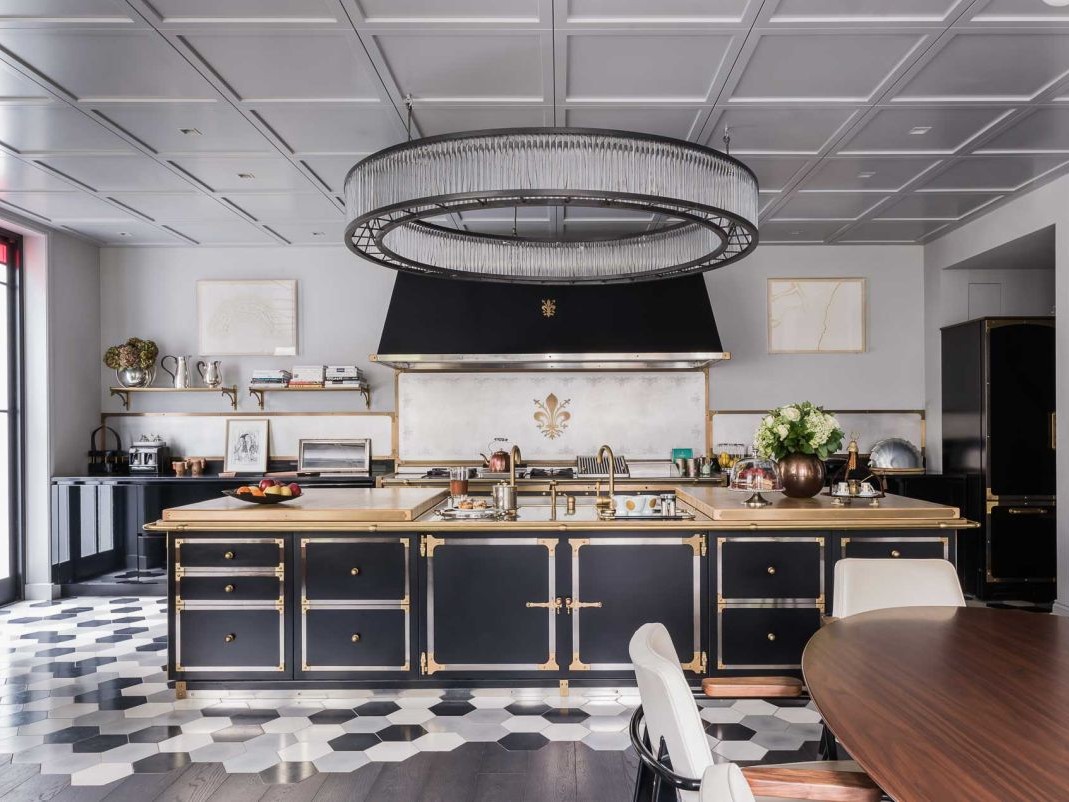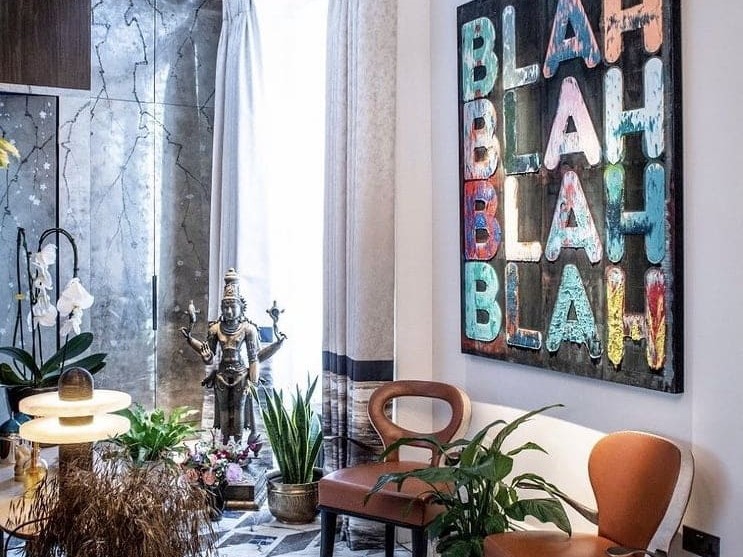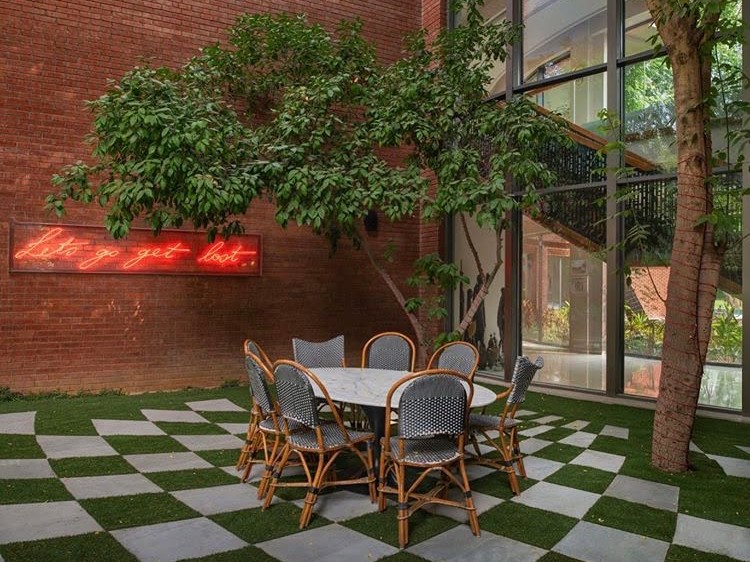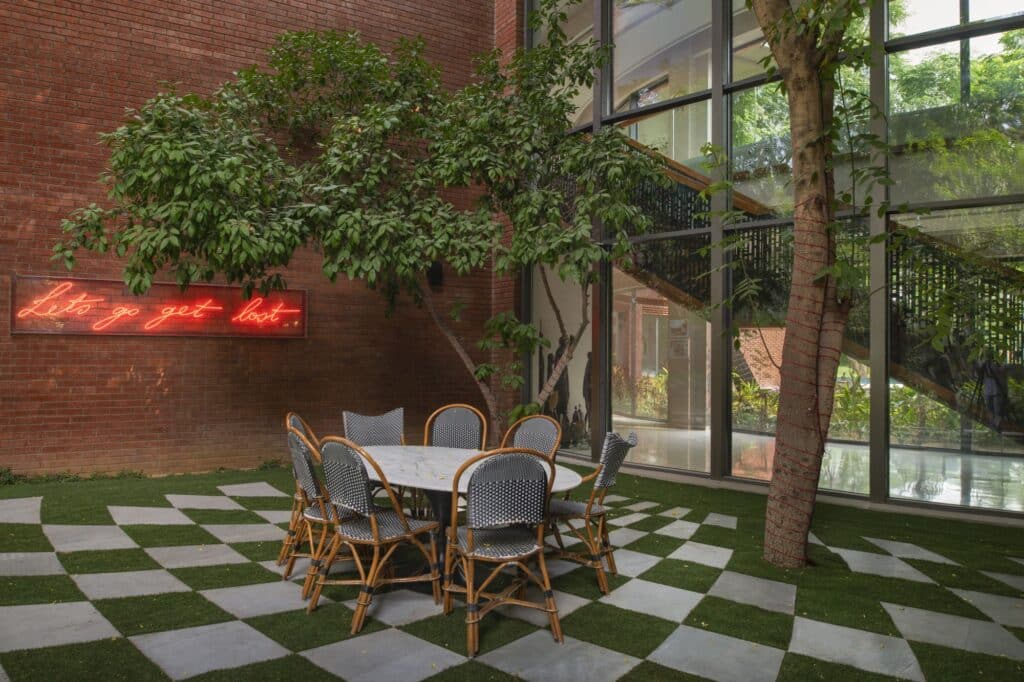
The Bohemian or Boho style of interior design is currently enjoying a lot of attention. It seeks to recreate the outer beauty of nature inside a room or home by using natural colours, patterns, and textures in the interior. Boho is an organic mix of designs that is an expression of free-spiritedness. At the same time, it is an eclectic blend that sees a rattan chair paired with a tribal rug and colourful blanket or two. It is a style where elements are layered and different finishes come together, and echoes biophilic design rather than a hodgepodge of ‘anything goes’.
Following Boho principles when styling a room with rattan is the ideal approach to knowing how much and where to include it. Rattan doesn’t shout its presence, nor does it hide in the shadows. With the right touches, it harmonises with other facets of the underlying design, enhances the organic whole, and adds a note of individuality.
Before exploring ways to incorporate rattan into your overall style, we look at what it is and isn’t.
What Is Rattan?

Natural and woven textures continue to make their mark in home décor. However, most people fail to make the necessary distinctions between cane, rattan, and wicker, believing them to apply to the same material.
It should be understood at the outset that wicker is not a material, but a weaving process using diverse materials. Once the item is complete, it is known as a wicker basket, for example. At the same time, it could also be a rattan basket. Wicker weaves many substances, such as synthetic fibres, palm, raffia, rush, straw, and willow. The method of weaving combines sturdy vertical pieces to form the structure. Narrow, lengthy pieces are interwoven into this for support. The end result can be painted or stained.
Rattan fibres are solid timber vines that are indigenous to the Malay Archipelago and tropical forests in Indonesia. More than 600 species exist. Common uses of rattan are to make baskets, chairs, and tables. However, it is also frequently used in items like shelving units, pendant lamps, and French bistro chairs.
Fibres for rattan nowadays come from a palm called abaca in Southeast Asia. As a natural fibre, rattan is not suitable for outdoor use and exposure to the elements. Rattan’s shape lends itself best to small accessories and certain furniture. It can be combined with a lacquer coffee table and Oriental rug, or Asian screens and chests of drawers, lighting, sisal rugs, and black accents. Rattan is often found in homes at the seaside but goes equally well in formal designs.
Organic Settings
Rattan can be used with multiple styles of design but teams best with organic environments. These styles comprise tropical, organic modern, coastal, and Bohemian. Rattan should be used to complement and support a design, and to add a textural layer, but neither to lead nor dominate it.
The popularity of rattan has not waned in recent years. It adds a muted note to its surroundings and is easily incorporated into most designs, specifically to add texture.
Rattan and a Variety of Finishes
Rattan’s light colouring pairs well with the right finishes. You can team it with dark or light floors and rugs. The rattan can be stained or painted, making it very versatile.
A rattan chair made with flax linen has a simple elegance and the textures contrast nicely. All you need to complete the look is a throw pillow in pinks or blues.
Rattan Layered into the Overall Design
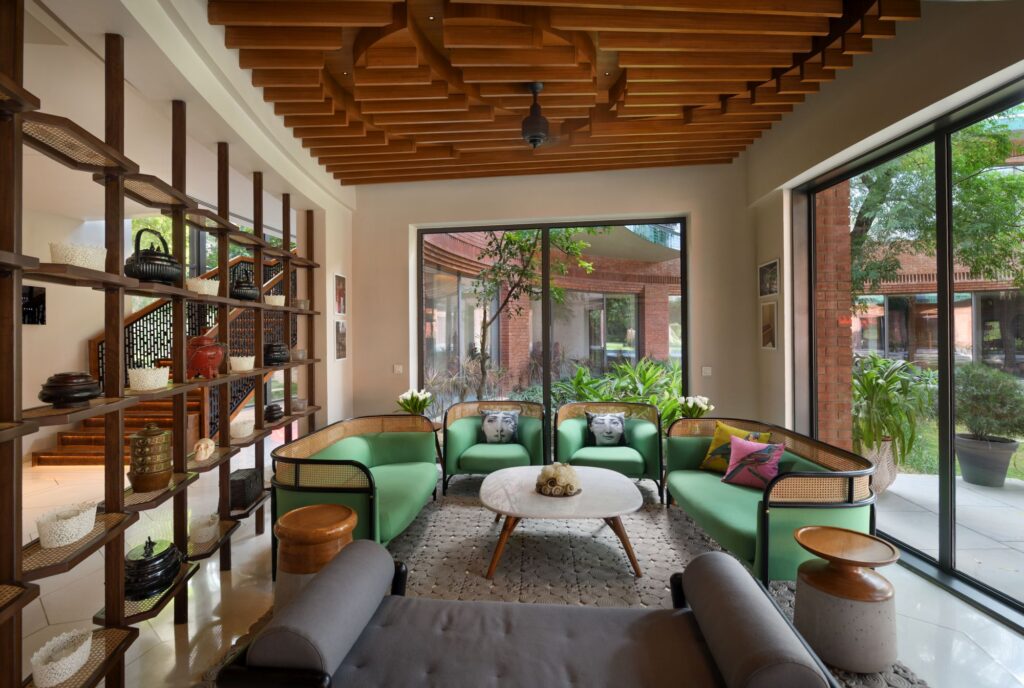
Little touches of rattan can be scattered throughout the home. Done correctly, it requires very little to layer rattan perfectly into your overall design. It is actually very simple to look at the whole environment and find where rattan can be included. Then consider what will highlight or accent it. It could be as small as a toy basket with a navy blue ribbon wound around the handle. Rattan should not overpower the chosen design.
In the dining room, rattan placemats with a complementary turquoise table cloth will add vibrancy without overwhelming the décor. Food trays made from rattan can have matching cloths. These can also be used in the living room on the main table to place keys and remotes. The colour of the cloth will vary accordingly. Display boxes on shelves in the living room, study, or bedroom is a small step toward bringing the rattan component into a room.
Kitchenware encased in rattan and a rattan pot plant holder with a bright green plant is uplifting. In terms of adding bits of colour to rattan items, botanical or floral materials will complement the feel of nature indoors. Earthy colours teamed with rattan provide a balanced note. Opt for greens, greys, sage, and beige. Navy blue will provide a stronger but more serious contrast.
Different Styles Paired with Rattan
It has already been mentioned that a Bohemian style is a perfect style into which rattan can be introduced. Another great style is shabby-chic. Traditional and formal areas will benefit from the whimsy rattan brings. Include an abundance of indoor plants, floral prints, and natural wood items that will soften a sterner room. Also, consider metallic colours in small amounts and silky mid-century furniture.
Using Caned Rattan Furniture to Enhance Style
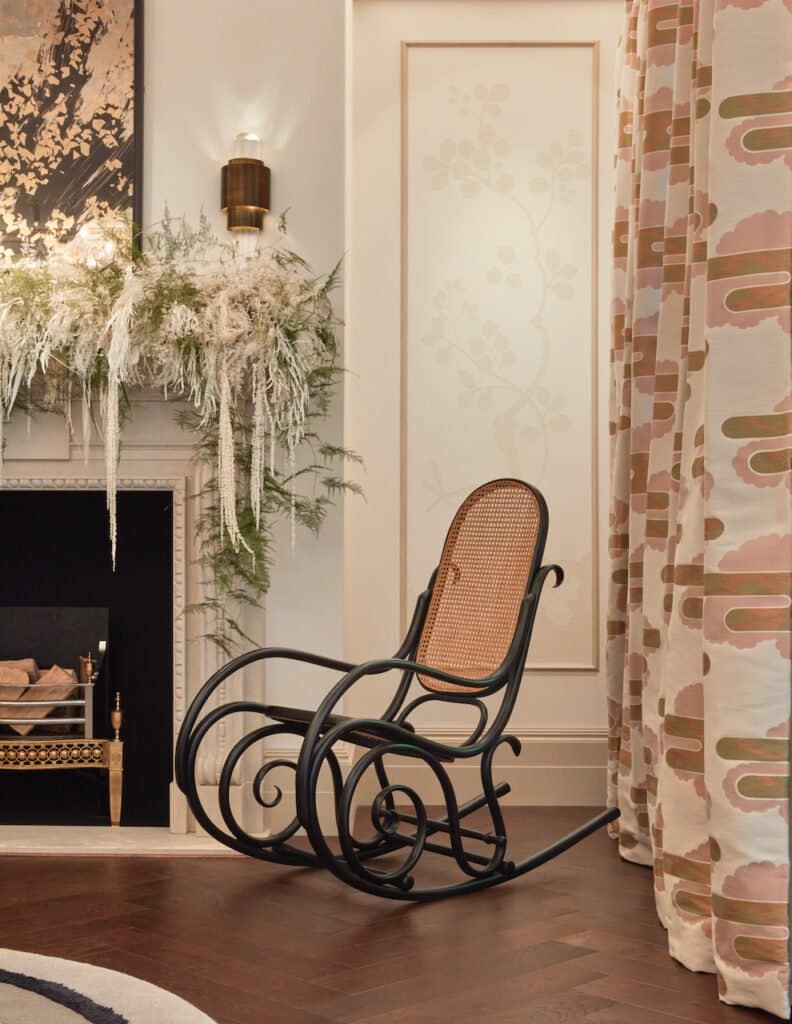
Cane furniture is predominantly made from the outer bark of rattan fibre. This material has an open weave in multiple directions. Cane furniture recalls an atmosphere of the wind gently blowing and softly lifting the curtains, a feeling of freshness and light. Boost this style with caned headboards, chairs, and storage containers (e.g., an ottoman).
Rattan Storage Containers
There is a size and shape rattan basket to fit any space. From a wash basket to a toy holder, there is no shortage of options. Use bigger containers to store linen and blankets. There is no reason these baskets should not be useful as well as beautiful.
Paint Or Stain Rattan
Rattan can be painted or stained in any colour that is complementary to the overall design. This can make items of rattan furniture look brand new. Rattan is often painted white for an elegant appearance.
Start with one room at a time. Consider your style of décor and determine the role rattan can play.
Related articles
Interior Design Trends For Spring 2023
Expect plush velvets, dusty pastels and a focus on minimalism in our roundup.
Home Interior Design And How To Visualise A Space
From mood to layout, we share the essential aspects to consider when designing a home.
The Art of Curating A Personal Collection At Home
Five ways your art can transform your home with soul, ambience and character.
Creating the Perfect Home Gym: 7 Design Tips for a Personal Fitness Haven
We reveal seven design tips for the ultimate, motivating workout space.
Open Concept Kitchen: Creating a Seamless Flow between Cooking and Living Spaces
Maximising your social and cooking space in an open-concept kitchen


